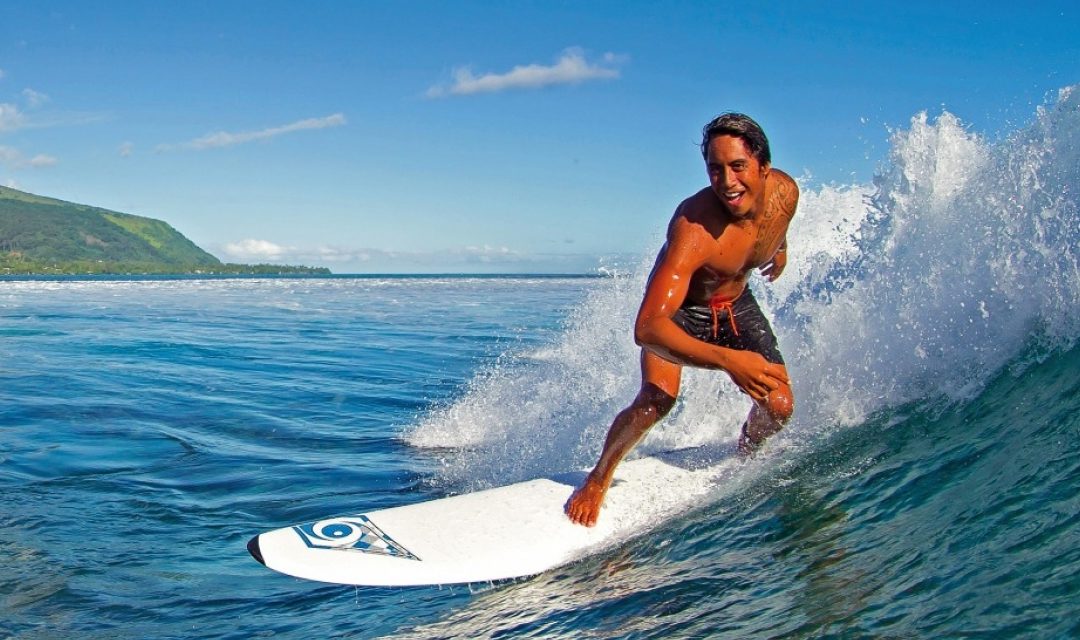Surfing the Urge
I’m not much of a surfer. Tried it once. Fell over a lot. Looked pretty foolish. Gave up.
I’m more familiar with what we in Addiction World call “Surfing the Urge.” The idea is that rather than fight the urge or flight from the urge to act out, the addict simply rides out the urge, like riding a wave. Because, as we all know, waves dissipate on their own. Even the biggest, loudest, Hawaii-like, giant wave will, eventually, be reduced to some water slipping slowly back into the sea.
The notion was first developed by psychologist Dr. Alan Marlatt and it is based on the idea of “mindfulness,” in other words, paying attention to how the urge affects us, rather than obsessing about the urge itself. In so doing, we allow the urge to wash over us without damaging us. We are in charge, not the urge.
When urges hit, they often feel like they will never go away and that we must give in or they will consume us. Actually, the opposite is true. If we let them, urges will pass on their own. And by being mindful during their passing, we can learn a lot about ourselves and the ideas to which we have allowed ourselves to become enslaved.
Notice that I underlined the phrase “if we let them.” That is because “surfing the urge” is a process we can slow down but we can’t speed up. It takes as long as it takes. Sadly, we can hinder its progress by refusing (consciously or unconsciously) to release ourselves to the process. So, trust the process and give yourself permission to let go, at least a little.
We first experience urges (or temptations) in our physical bodies. Once you become aware of an unwanted or intrusive urge, take the time to notice (and note) where you are experiencing it in your body: stomach, heart, head, a tingling here or an ache there?
Next, become aware of your breathing. When we get stirred up, our breathing tends to get rapid but shallow. Physiologically, breathing in makes our heart rate go up while breathing out makes our heart rate go down. So, breathe in deeply from your diaphragm, counting to at least three. Then, breathe out more slowly than you breathed in (count to at least six). This will be hard at first (remember, you’re likely keyed up), but hang in there. You will notice a difference, I promise.
As you are focusing on your breathing, notice (and note) what other changes are taking place in your body and mind as compared to your earlier observation. Are you more relaxed? Is there still tension? If so, where do you feel it? Consciously try to relax that part of your body. Focus.
On a scale of 1-10, rate the strength of the urge. Was it a “10” at the beginning. After you’ve been surfing for 20-30 minutes, rate the strength again. Has it changed? Stay with it, until you would rate it at about a three or less. It may not feel like it’s going away at first, but it will. Promise.
In a nutshell, that is what we call “Surfing the Urge.”






